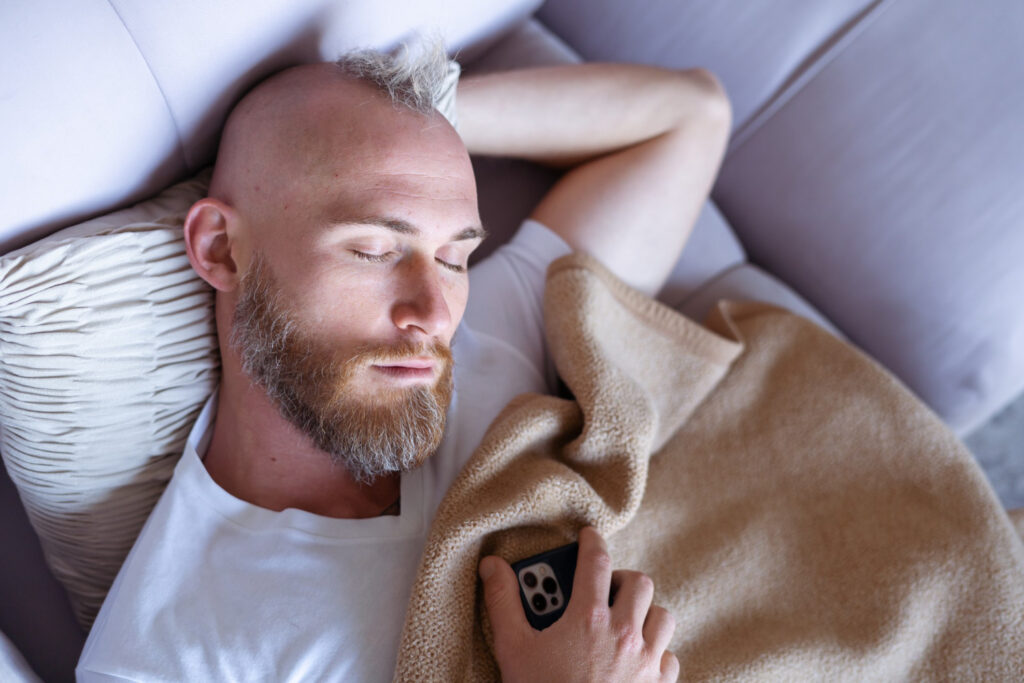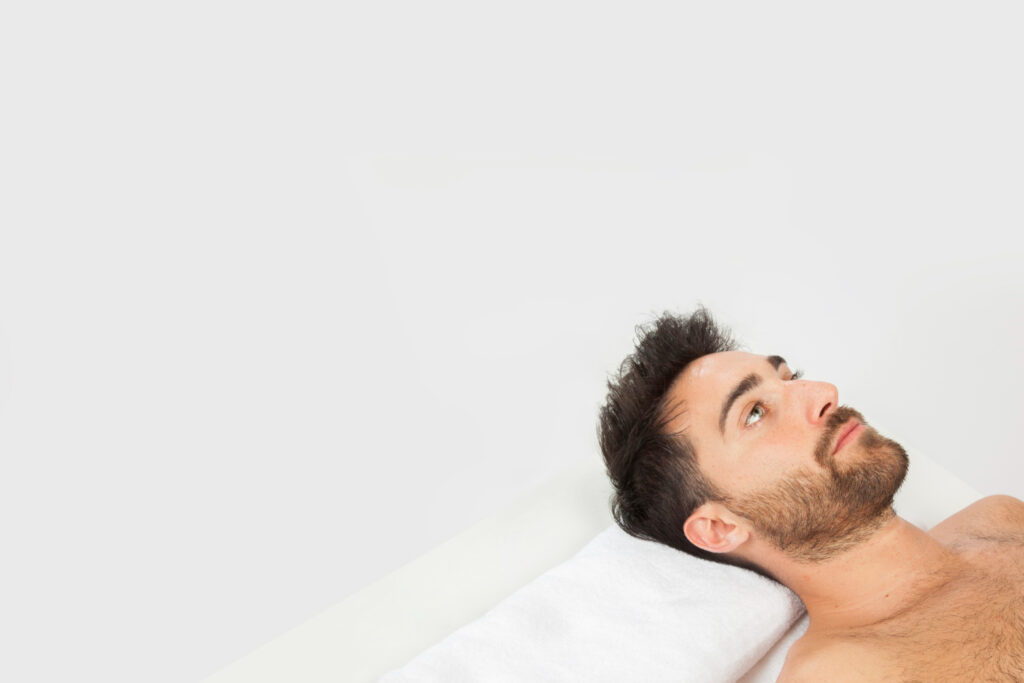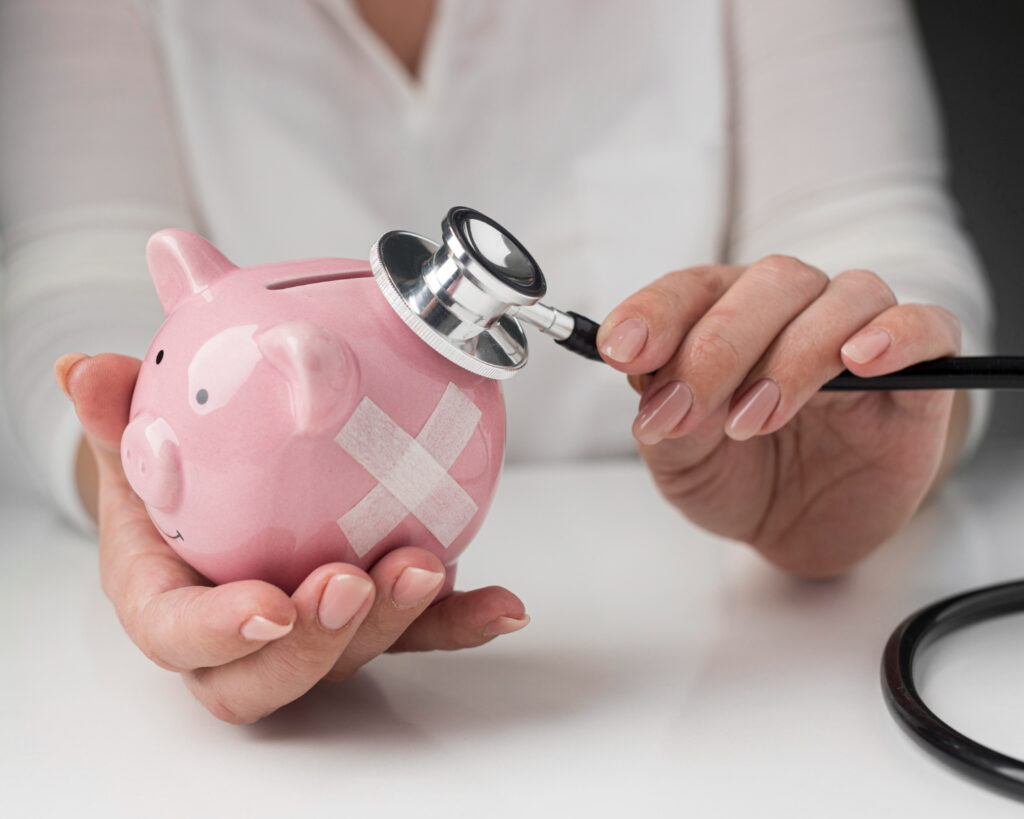You’ve probably experienced that moment: waking up to find more hair on your pillow than you’d like to admit. While some hair shedding is normal (we lose around 50-100 strands daily), consistently finding clumps on your pillow might signal that certain lifestyle habits are affecting your hair health.
Here’s the thing about hair loss — it’s incredibly common. According to the American Academy of Dermatology, about 80 million Americans deal with hereditary hair thinning. But genetics isn’t always the sole culprit. Many everyday habits could be contributing to those extra strands on your pillow.
Let’s dive into four common habits that might be affecting your hair health, along with practical ways to address them.
1. Your Shower Routine Might Be Too Intense
That scorching hot shower might feel amazing after a long day, but your hair follicles aren’t sharing your enthusiasm.
The Problem: Hot water strips away essential oils from your scalp, leaving it dry and irritated. This can weaken hair follicles and potentially lead to increased shedding. Additionally, aggressive towel-drying creates friction that can damage wet, vulnerable hair strands.
Better Approach:
- Dial down the water temperature to lukewarm when washing your hair
- Limit shampooing to 2-3 times per week unless you have extremely oily hair
- Pat your hair gently with a microfiber towel instead of rough rubbing
- Allow your hair to air-dry whenever possible, minimizing heat exposure
Mark, a 34-year-old marketing executive from Boston, noticed a difference after changing his shower habits: “After switching to cooler showers and gentler drying, I actually saw less hair in my drain within a couple weeks. It was a super simple change with noticeable results.”
2. Your Diet May Be Missing Key Nutrients
That fast-food lifestyle might be convenient, but your hair could be paying the price.
The Problem: Hair follicles require proper nutrition to produce strong, healthy strands. Diets lacking sufficient protein, essential fatty acids, and certain vitamins can lead to weakened hair that breaks more easily and falls out prematurely.
Better Approach: Focus on incorporating these hair-friendly nutrients into your meals:
- Protein (eggs, fish, lean meats, legumes)
- Omega-3 fatty acids (fatty fish, walnuts, flaxseeds)
- Iron (leafy greens, lentils, fortified cereals)
- Vitamin D (sunlight exposure, fatty fish, fortified foods)
- Zinc (pumpkin seeds, oysters, beef)
- Biotin (eggs, nuts, sweet potatoes)
“I never connected my diet to my hair until I cleaned up my eating habits,” says James, 41, a construction manager. “After a few months of making more home-cooked meals with proper protein and vegetables, not only did I feel better overall, but my hair seemed thicker and less prone to falling out.”
3. Your Stress Levels Are Through the Roof
Modern life is stressful, and your hairline might be showing it.
The Problem: Chronic stress triggers a cascade of hormonal changes that can disrupt your hair’s natural growth cycle. This can push more follicles into the “resting” phase, leading to increased shedding weeks or months later. This condition, called telogen effluvium, is often temporary but distressing.
Better Approach:
- Incorporate daily stress management techniques like meditation, deep breathing, or mindful walks
- Prioritize 7-8 hours of quality sleep
- Exercise regularly to reduce cortisol levels
- Consider journaling or talking with friends to process stressful events
- Set boundaries with work and digital devices
David, 37, a software developer from Seattle, shares: “During a particularly stressful project deadline period, I noticed substantially more hair loss. After implementing a strict ‘no work after 7 PM’ rule and adding morning runs to my routine, the excessive shedding gradually stopped.”
4. Your Styling Routine Is Too Aggressive
That perfect hairstyle might come at a cost to your hair’s health.
The Problem: Tight hairstyles create tension at the hair roots, potentially leading to traction alopecia over time. Meanwhile, frequent use of styling products and heat tools can weaken the hair shaft, causing breakage that may be mistaken for actual hair loss.
Better Approach:
- Limit use of high-heat styling tools (blow dryers, flat irons, curling irons)
- When using heat, always apply a heat protectant product first
- Avoid hairstyles that pull tightly on the scalp
- Choose gentle, alcohol-free styling products
- Give your hair regular breaks from any styling
- Brush gently with a wide-tooth comb, especially when wet
“I used to style my hair with maximum hold products and heat every single day,” explains Ryan, 29, a real estate agent. “When I started leaving it natural on weekends and using less product overall, I noticed my hair felt stronger and I was seeing less fallout.”
While some hair loss may have genetic components, many everyday habits can contribute to or accelerate the process. The good news? Small lifestyle adjustments can often make a noticeable difference in your hair’s health and appearance.
If you’re concerned about significant hair loss, consider consulting with a healthcare provider who can help determine if underlying factors might be contributing to your situation. In many cases, addressing these everyday habits is a great place to start for healthier hair and fewer strands on your pillow.
Remember that consistency is key—these changes won’t transform your hair overnight, but many men report improvements within a few months of adopting healthier hair habits.

Disclaimer: This article is for informational purposes only and is not intended as medical advice. The information provided should not be used for diagnosing or treating health problems or diseases. If you have or suspect you may have a health problem, consult with a healthcare professional. This website does not provide medical advice, diagnosis or treatment recommendations.



